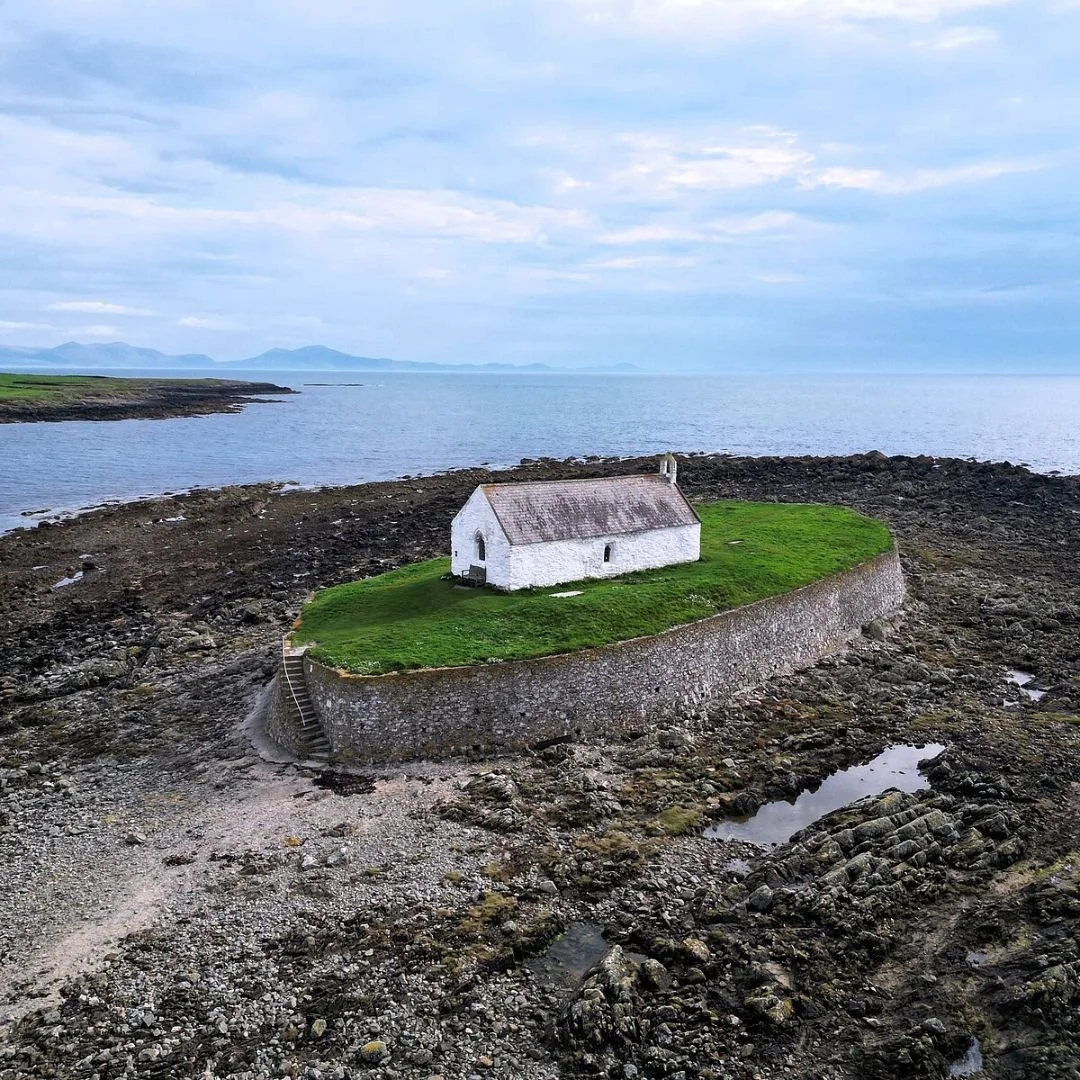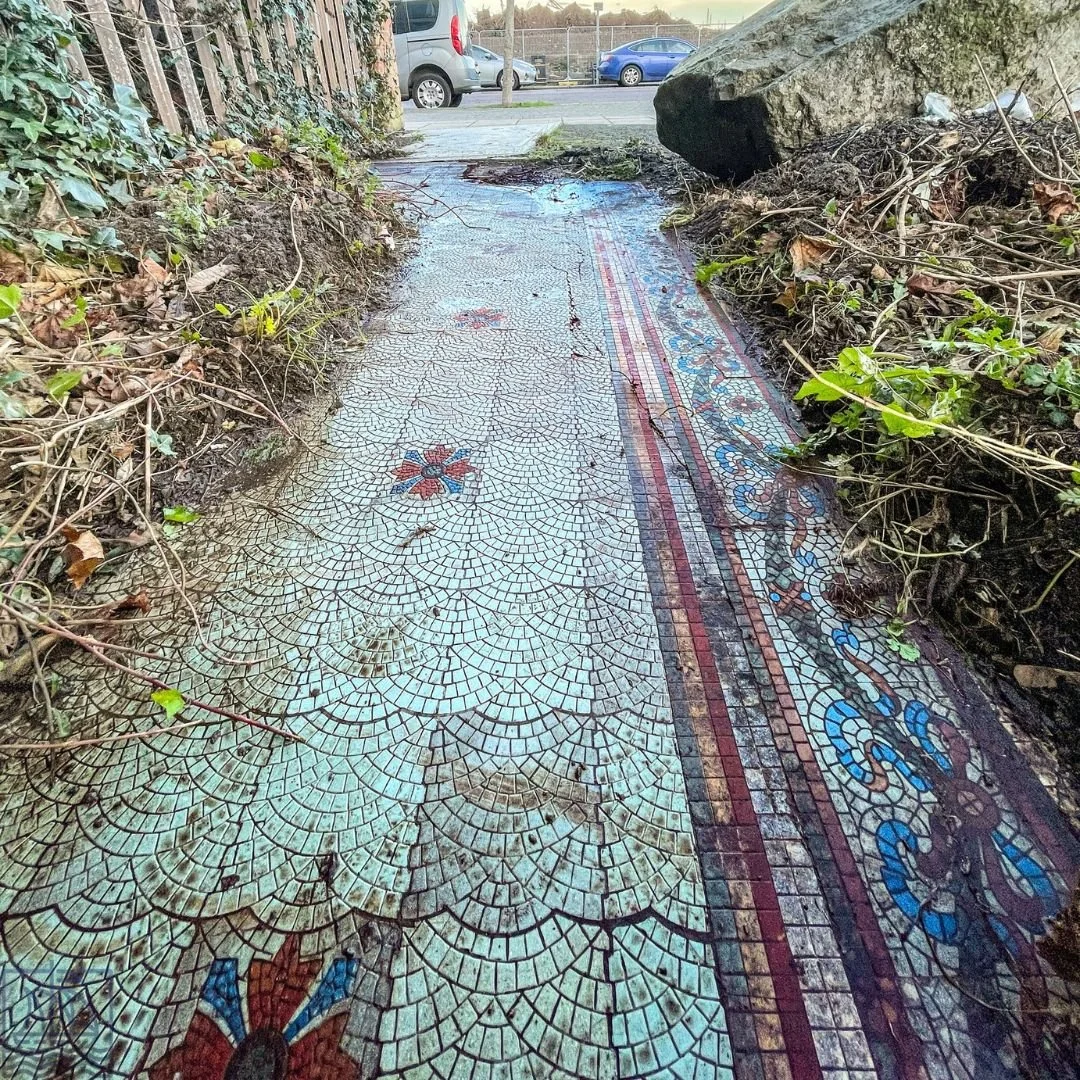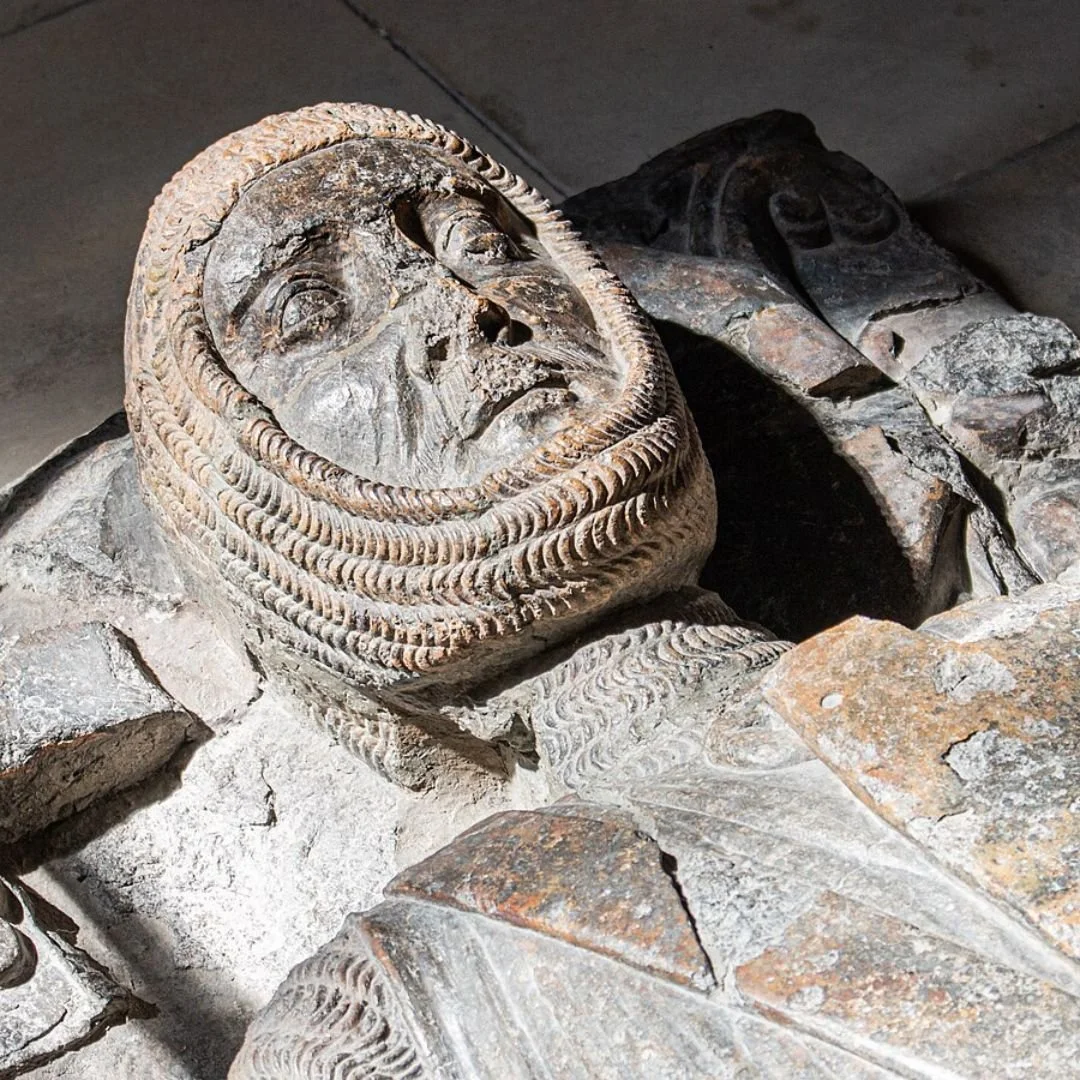Eglwys Cwyfan, Wales: The Church In The Sea
Eglwys Cwyfan, also known as the Church in the Sea, is a 12th century church on the tiny tidal island of Cribinau, Wales.
Originally built on the mainland, coastal erosion gradually cut it off, leaving it stranded at sea.
By the 19th century, it had fallen into ruin, but local efforts in the late 1800s restored it and built a protective sea wall around the island.
It's still in use to this day as one of the most atmospheric and remote churches in the British Isle.
Built in the 12th century, Eglwys Cwyfan was originally part of the mainland parish of Llangwyfan.
But over time, relentless coastal erosion slowly cut the church off from the land, turning its promontory into a small tidal island known as Cribinau.
Today, the church sits surrounded by the Irish Sea, accessible only by a narrow causeway at low tide.
From a distance, it looks like something from a fairy tale, a whitewashed chapel against the grey-blue sea, guarded by a low stone wall and battered by Atlantic winds.
The church is dedicated to St Cwyfan, a relatively obscure 7th century Welsh saint thought to have been a missionary active during the early days of Christianity in Wales.
While little is known about Cwyfan himself, his name lives on through this unique church that bears witness to centuries of worship, weather, and war.
Christianity in Wales is as old as the hills, and in Wales, that’s no exaggeration.
This small, rugged country was among the first parts of the British Isles to embrace the Christian faith, long before England was Christianised.
From ancient Celtic saints to fiery revivalists, Welsh Christianity is woven deeply into the land, language, and identity of Wales itself.
While Roman legions brought Christianity to Britain in the 4th century, it quickly found fertile ground in Wales.
After the Romans withdrew around 410 AD, Wales became a centre of Celtic Christianity, a distinct form of the faith rooted in monasticism, missionary work, and deep connection to nature.
This early church was shaped by native Welsh saints, not popes or bishops from Rome.
Figures like St David (Dewi Sant), St Illtud, St Teilo, and St Non established monastic centres across Wales.
These weren’t just religious sites, they were schools, hospitals, and safe havens in a chaotic world.
Between the 5th and 7th centuries, Wales experienced what’s often called the "Age of the Saints."
It was a golden era of Christian activity, with holy men and women travelling across the land, founding churches and spreading their faith.
Many Welsh place names still preserve their legacy: "Llan" (meaning "church" or "holy enclosure") appears in hundreds of town names, like Llanelli, Llangollen, and Llanfairpwllgwyngyll.
Wales did not fall easily under Roman Catholic influence - the Welsh Church retained its independence for centuries, clinging to its Celtic character and customs until the Norman conquest brought it gradually into alignment with Rome.
In the 16th century, the Protestant Reformation transformed Christianity across Britain.
Under Henry VIII, the Church in Wales, like its English counterpart, broke from Rome. But for the Welsh, the key turning point was the translation of the Bible into Welsh.
In 1588, William Morgan, a scholar and clergyman, translated the entire Bible into Welsh.
This preserved the language during a time when many European tongues were being stamped out.
Christianity, in this way, saved the Welsh language, and in return, the language gave Christianity a deeply local, cultural flavour.
Eglwys Cwyfan failling into disrepair
By the late 19th century, the historic tidal church had fallen into disrepair.
As the sea continued to encroach and the island eroded, the building was abandoned. Its roof collapsed, and nature began reclaiming the site.
But in the 1890s, local campaigners and a sympathetic architect, Harold Hughes, spearheaded a restoration.
They built a protective sea wall around the island and fully restored the church. Thanks to their efforts, services began again, and the church remains consecrated to this day.
Getting to the church requires planning around the tides. At low tide, it’s possible to walk across the narrow causeway from the mainland beach near Aberffraw, a picturesque village with its own deep history.
The walk takes about 10–15 minutes, but visitors should check tide times carefully - it’s easy to get stranded if the sea comes in.
Can you go inside the church? Well, unfortunately it is locked most of the time.
You can, however, peer in through the exterior windows and see the church’s interior should you wish.
If you enjoyed this blog post, please follow Exploring GB on Facebook for daily travel content and inspiration.
Don’t forget to check out our latest blog post below!
Thank you for visiting Exploring GB.



















